As the authors of the this paper imply in the title: "How Far are We from Solving Pedestrian Detection?", we haven't solved yet the problem of visual pedestrian detection in real scenarios, in fact, some think it will never be completely solved.
Detecting people in urban scenarios may rank among the most difficult tasks in computer vision. The scenes are cluttered with chaotic, random and unpredictable elements, pedestrians may be occluded, they may be hidden in shadow or in such dark environments that a camera can't see them. In fact, visual pedestrian detection remains one of the most important challenges to date.
And you aren't even using the best method in the state of the art, as you can see in the bellow graphic, its been a long time since HOG has been the best performing algorithm for this task.

(image taken from "Pedestrian Detection: An Evaluation of the State of the Art" by Piotr Dollar, Christian Wojek, Bernt Schiele, and Pietro Perona)
That paper is already a bit outdated, but you see that even the best performing algorithms still do not perform brilliantly in image datasets, let alone real scenarios.
So, to answer your question, what can you do to improve its performance? It depends. If there are assumptions you can make in your specific scenario that allow this problem to become simpler, then you may be able to eliminate some false positives. Other way to improve results, and what every single Autonomous Driving Assistance System does, is fusing different sensor information to help the visual system. Most use LIDAR and RADAR to feed the camera with places to look at, and this helps the algorithm both in performance and speed.
So, as you can see it is very application dependent. If your application is supposed to work on a simple scenario, then a background subtraction algorithm will help removing false detections. You can also bootstrap your classifier with wrongly detected data to improve its performance.
But know one thing: there is no 100% in Computer-Vision, no matter how much you try. It is always a balance between accepting false positives and system robustness.
Cheers.
EDIT: To answer the question the the title, why background objects are detected as people? Because HOG is all about evaluating edges of the image, then you are probably sending HOG features to a SVM, right? The vertical pole detected in the image you provide shares some visual properties with humans, such as its vertical edges. That is why these algorithms fail a lot in traffic signs and other vertical elements, as you can see in my master thesis on this topic: Visual Pedestrian Detection using Integral Channels for ADAS

